<div data-cycle-pager-template=”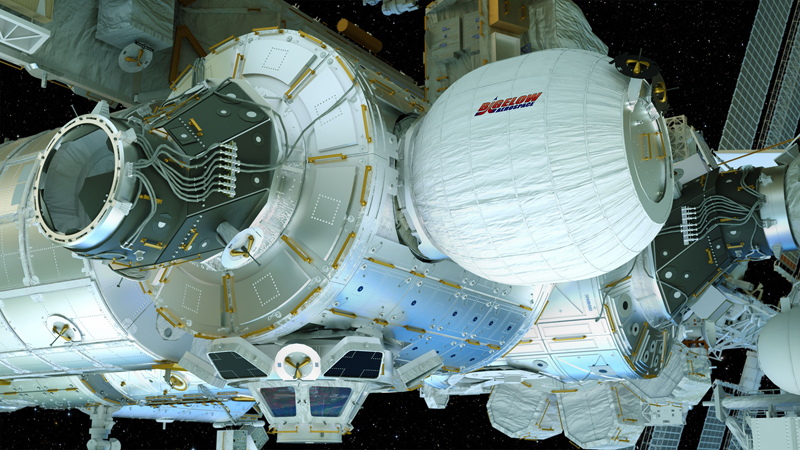 ” readability=”34″>
” readability=”34″>
An Inflatable Space Room
Credit: Bigelow Aerospace
BEAM, the Bigelow Expandable Activity Module, is an inflatable space room prototype built by Bigelow Aerospace that could pave the way to inflatable moon bases and more. In April 2016, BEAM will launch to the International Space Station to test how it could be used as an orbital habitat. See photos of BEAM and its mission here.
<div data-cycle-pager-template=”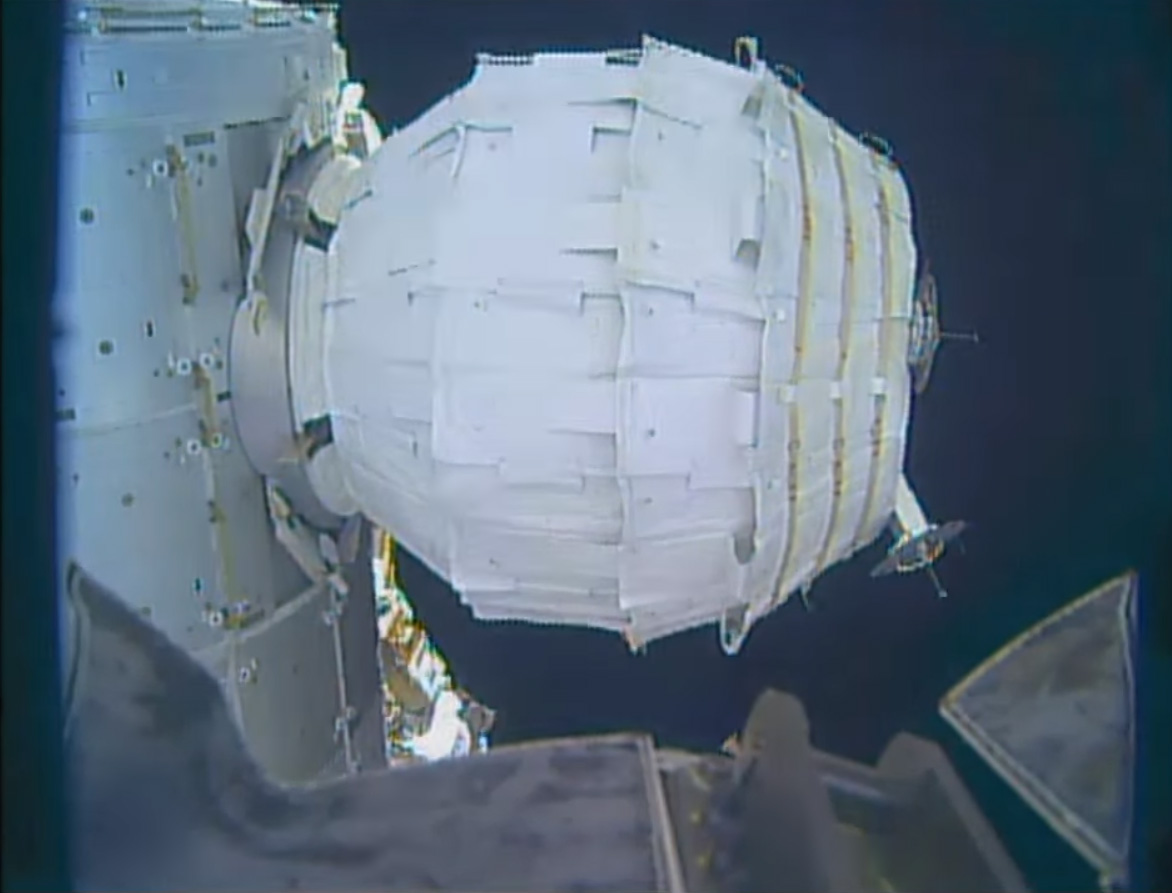 ” readability=”33″>
” readability=”33″>
BEAM Module Fully Inflated
The Bigelow Expandable Activity Module is seen fully inflated on the International Space Station after being successfully expanded to its full size on May 28, 2016. The Bigelow Aerospace-built BEAM is a prototype space habitat for future space stations, moon colonies and moon bases.
<div data-cycle-pager-template=” ” readability=”33.5″>
” readability=”33.5″>
BEAM Module Inflation Series
The inflation of the Bigelow Expandable Activity Module, a prototype space habitat, is shown in this series of images taken by a NASA camera on the International Space Station during expansion operations on May 28, 2016. The process took over seven hours.
<div data-cycle-pager-template=” ” readability=”32″>
” readability=”32″>
BEAM Module Partially Inflated
The inflatable Bigelow Expandable Activity Module on the International Space Station is seen partly inflated during expansion efforts on May 28, 2016.
<div data-cycle-pager-template=” ” readability=”31″>
” readability=”31″>
SP_160526_beam_fail.jpg
Bigelow Module On Space Station Fails To Deploy On First Try | Video
<div data-cycle-pager-template=” ” readability=”32″>
” readability=”32″>
BEAM Habitat Location
This NASA graphic shows the location of the inflatable Bigelow Expandable Activity Module on the International Space Station. The module will be tested for its effectiveness as a space habitat for two years.
<div data-cycle-pager-template=” ” readability=”33.5″>
” readability=”33.5″>
BEAM on the Space Station
The Bigelow Expandable Activity Module, an inflatable space room built by Bigelow Aerospace, is moved by robotic arm to its new home on the International Space Station on April 16, 2016 in this exterior camera view. BEAM is a prototype for future space habitats.
<div data-cycle-pager-template=” ” readability=”32″>
” readability=”32″>
BEAM Habitat Docked
Credit: Bigelow Aerospace
NASA awarded a $17.8 million contract to Bigelow Aerospace to provide the Bigelow Expandable Activity Module (BEAM) in April 2016. This artist’s impression released Jan. 16, 2013.
<div data-cycle-pager-template=” ” readability=”33.5″>
” readability=”33.5″>
Bigelow Expandable Activity Module Lifted
Credit: SpaceX (via Flickr as SpaceX Photos)
A SpaceX Falcon 9 rocket will carry the Bigelow Expandable Activity Module (BEAM) to the International Space Station on April 8, 2016. BEAM will provide extra space for astronauts working in space. Here: Bigelow Aerospace’s inflatable habitat is lifted into Dragon capsule’s trunk to the space station. Image taken February 24, 2016.
<div data-cycle-pager-template=” ” readability=”31.5″>
” readability=”31.5″>
Expansion Scenarios
This animated image shows four ways BEAM may expand in orbit once it has been attached to the International Space Station.
<div data-cycle-pager-template=” ” readability=”32.5″>
” readability=”32.5″>
BEAM Facts and Figures
This infographic gives facts about the Bigelow Expandable Activity Module, scheduled to launch to the International Space Station on April 8, 2016.
<div data-cycle-pager-template=” ” readability=”35″>
” readability=”35″>
Bigelow Expandable Activity Module Image
Credit: Stephanie Schierholz
William Gerstenmaier, NASA’s associate administrator for human exploration and operations, and Jason Crusan, director of the agency’s advanced exploration systems division, view the Bigelow Expandable Activity Module (BEAM) in its compressed form at Bigelow’s facility in Las Vegas on March 12, 2015. BEAM will expand to just over 13 feet (4.01 meters) long and 10.5 feet (3.23 m) wide once it is attached to the International Space Station.
<div data-cycle-pager-template=” ” readability=”33″>
” readability=”33″>
Bigelow Aerospace’s BEAM module
Credit: Bigelow Aerospace
A mockup of Bigelow Aerospace’s inflatable BEAM module is seen at the company’s Las Vegas headquarters. BEAM, or the Bigelow Expandable Activity Module, will be delivered to the International Space Station in 2015.
<div data-cycle-pager-template=” ” readability=”34″>
” readability=”34″>
Bigelow Expandable Activity Module (BEAM)
Credit: NASA/Bill Ingalls
The Bigelow Expandable Activity Module (BEAM) is seen during a media briefing where then-NASA Deputy Administrator Lori Garver and President and founder of Bigelow Aerospace Robert T. Bigelow announced that BEAM will join the International Space Station to test expandable space habitat technology, Wednesday, Jan. 16, 2013 at Bigelow Aerospace in Las Vegas.
<div data-cycle-pager-template=” ” readability=”31.5″>
” readability=”31.5″>
The BEAM on ISS
Credit: Bigelow Aerospace
This image shows how Bigelow Aerospace’s Bigelow Expandable Activity Module (BEAM) will look after its arrival at the International Space Station.
<div data-cycle-pager-template=” ” readability=”34″>
” readability=”34″>
Bigelow Module
Credit: NASA/Bill Ingalls
NASA’s then-Deputy Administrator Lori Garver and President and founder of Bigelow Aerospace Robert T. Bigelow talk while standing next to the Bigelow Expandable Activity Module (BEAM) during a media briefing where it is was announced that the BEAM expandable space habitat technology will be tested on the International Space Station, Wednesday, Jan. 16, 2013 in Las Vegas.
<div data-cycle-pager-template=” ” readability=”32″>
” readability=”32″>
Beam at the Space Station
Credit: Bigelow Aerospace
New addition to the International Space Station, the Bigelow Expandable Activity Module (BEAM) attached to Node 3 of the orbital complex.
<div data-cycle-pager-template=” ” readability=”34″>
” readability=”34″>
Bigelow BEAM Contract
Credit: NASA/Bill Ingalls
NASA Deputy Administrator Lori Garver and President and founder of Bigelow Aerospace Robert T. Bigelow talk while standing next to the Bigelow Expandable Activity Module (BEAM) during a media briefing where is was announced that the BEAM expandable space habitat technology will be tested on the International Space Station, Wednesday, Jan. 16, 2013 in Las Vegas.
<div data-cycle-pager-template=” ” readability=”34″>
” readability=”34″>
Lori Garver Speaks About Bigelow BEAM Contract
Credit: NASA/Bill Ingalls
NASA’s then-Deputy Administrator Lori Garver and President and founder of Bigelow Aerospace Robert T. Bigelow, announce a planned addition to the International Space Station that will use the orbiting laboratory to test expandable space habitat technology during a press conference held at Bigelow Aerospace on Wednesday, Jan. 16, 2013 in Las Vegas.
<div data-cycle-pager-template=” ” readability=”34.5″>
” readability=”34.5″>
Bigelow Media Briefing
Credit: NASA/Bill Ingalls
NASA’s then-Deputy Administrator Lori Garver talks during a media briefing where she and President and founder of Bigelow Aerospace Robert T. Bigelow, discussed their $17.8 million contract to provide a Bigelow Expandable Activity Module (BEAM) to the International Space Station to test expandable space habitat technology, Wednesday, Jan. 16, 2013 at Bigelow Aerospace in Las Vegas.
<div data-cycle-pager-template=” ” readability=”34.5″>
” readability=”34.5″>
Bigelow Aerospace Founder Speaks
Credit: NASA/Bill Ingalls
President and founder of Bigelow Aerospace Robert T. Bigelow, talks during a media briefing where he and NASA’s then-Deputy Administrator Lori Garver discussed their $17.8 million contract to provide a Bigelow Expandable Activity Module (BEAM) to the International Space Station to test expandable space habitat technology, Wednesday, Jan. 16, 2013 at Bigelow Aerospace in Las Vegas.
<div data-cycle-pager-template=” ” readability=”34″>
” readability=”34″>
Bigelow Module Additions
Credit: NASA/Bill Ingalls
NASA’s then-Deputy Administrator Lori Garver and President and founder of Bigelow Aerospace Robert T. Bigelow, announce a planned addition to the International Space Station that will use the orbiting laboratory to test expandable space habitat technology during a press conference held at Bigelow Aerospace on Wednesday, Jan. 16, 2013 in Las Vegas.
<div data-cycle-pager-template=” ” readability=”32.5″>
” readability=”32.5″>
BEAM Facts and Figures
This infographic gives facts about the Bigelow Expandable Activity Module, scheduled to launch to the International Space Station on April 8, 2016.
 ” readability=”34″>
” readability=”34″>
 ” readability=”33″>
” readability=”33″>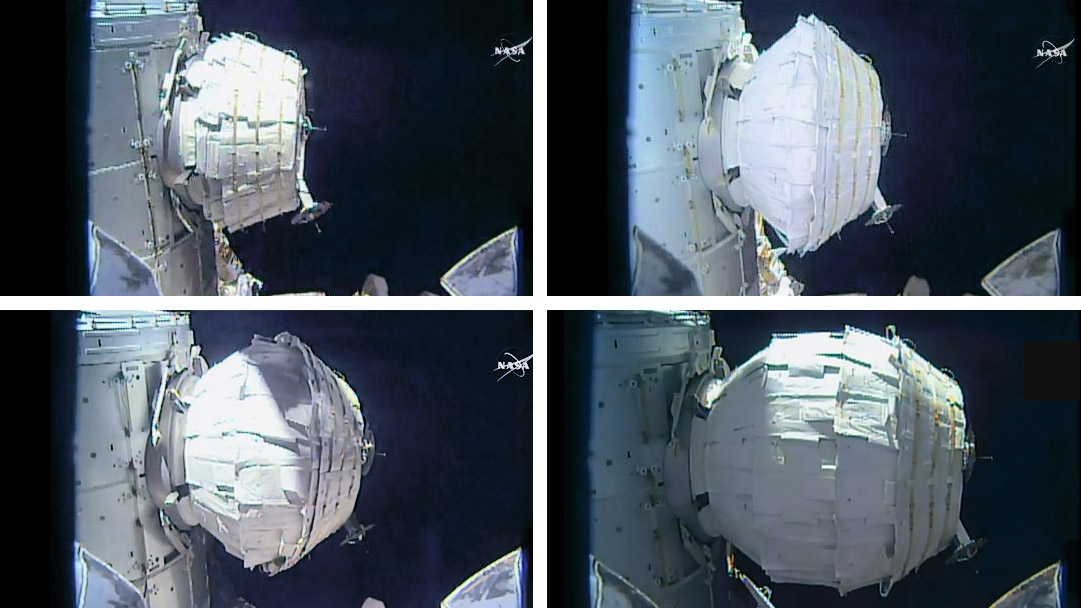 ” readability=”33.5″>
” readability=”33.5″>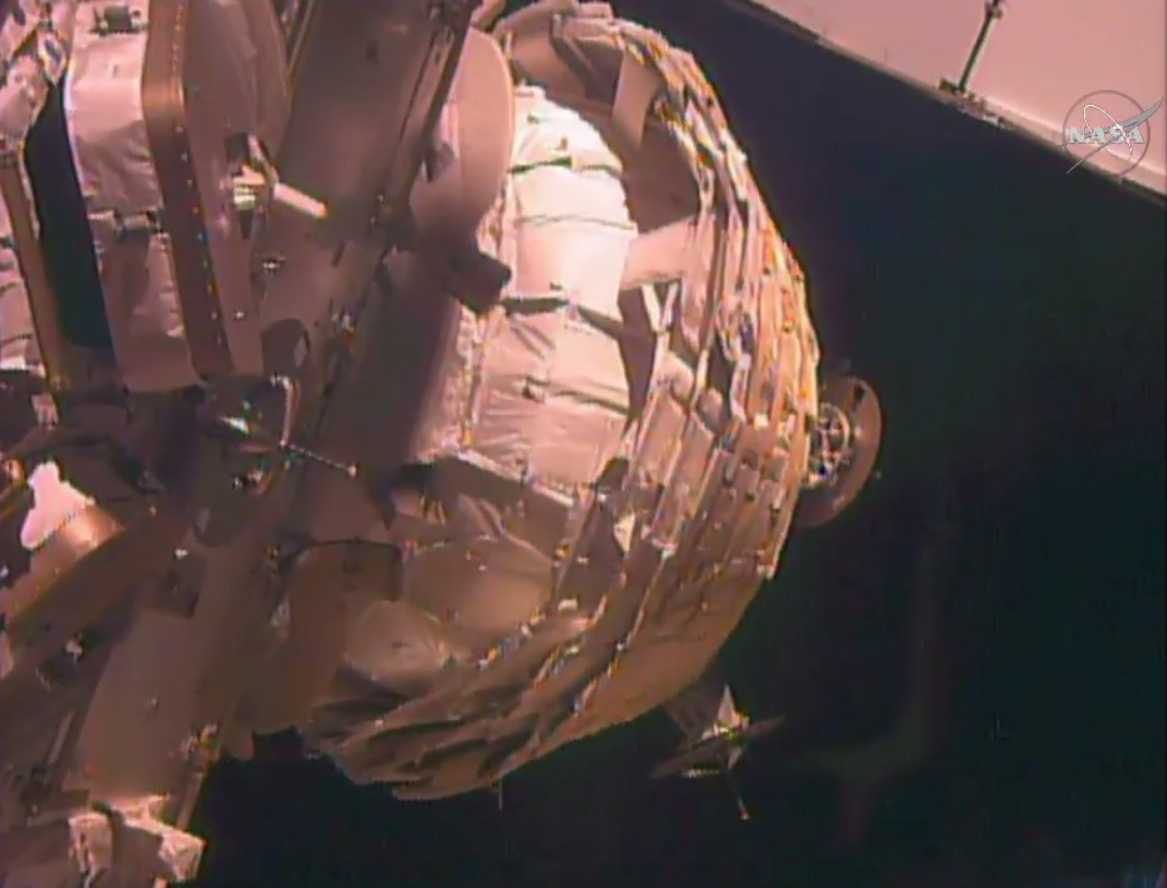 ” readability=”32″>
” readability=”32″>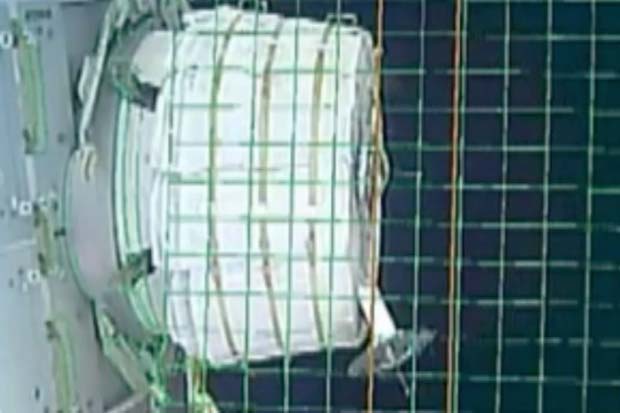 ” readability=”31″>
” readability=”31″>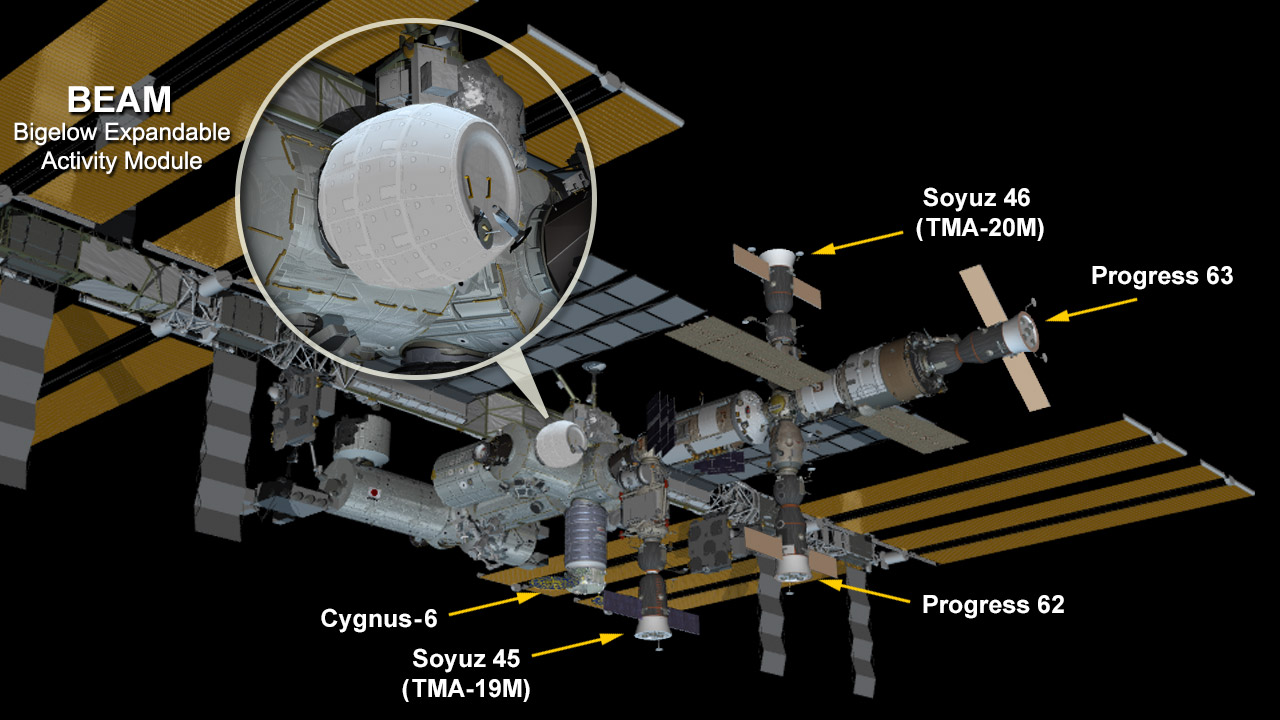 ” readability=”32″>
” readability=”32″>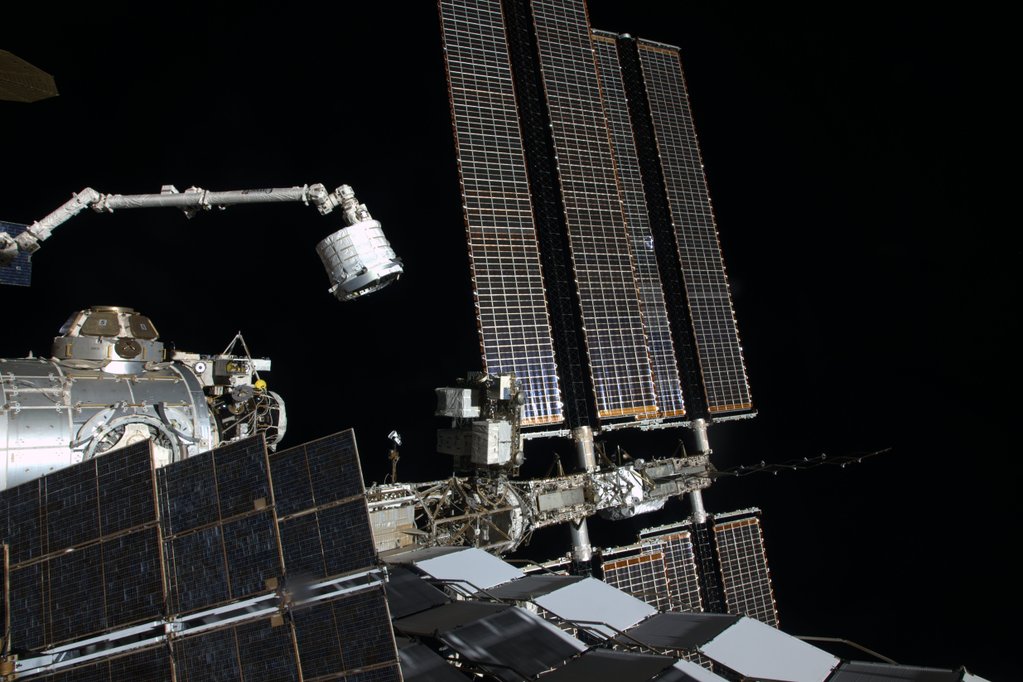 ” readability=”33.5″>
” readability=”33.5″>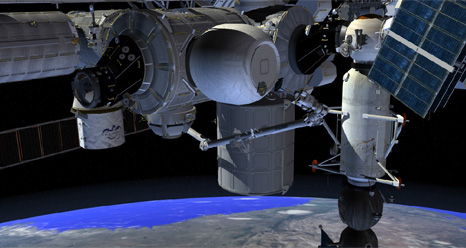 ” readability=”32″>
” readability=”32″>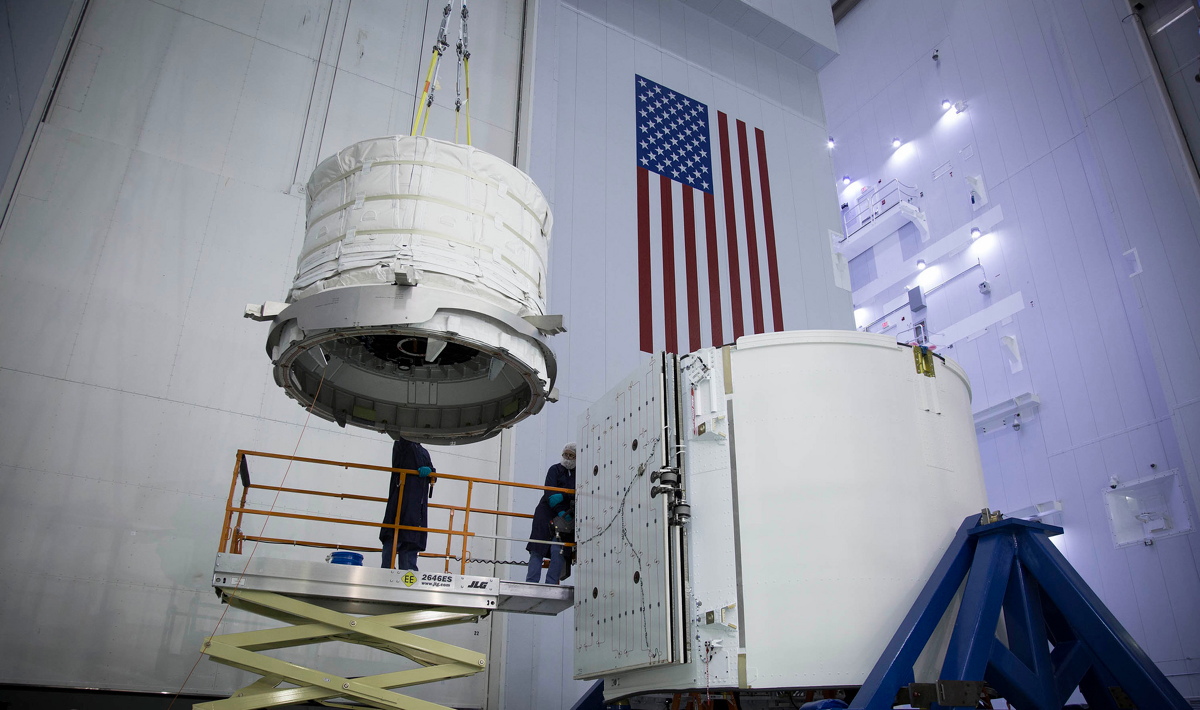 ” readability=”33.5″>
” readability=”33.5″>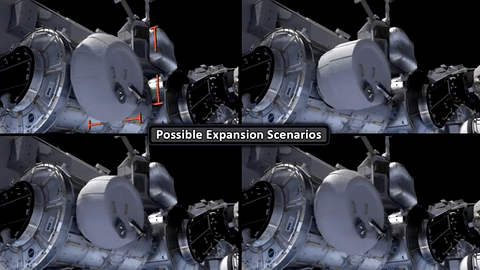 ” readability=”31.5″>
” readability=”31.5″>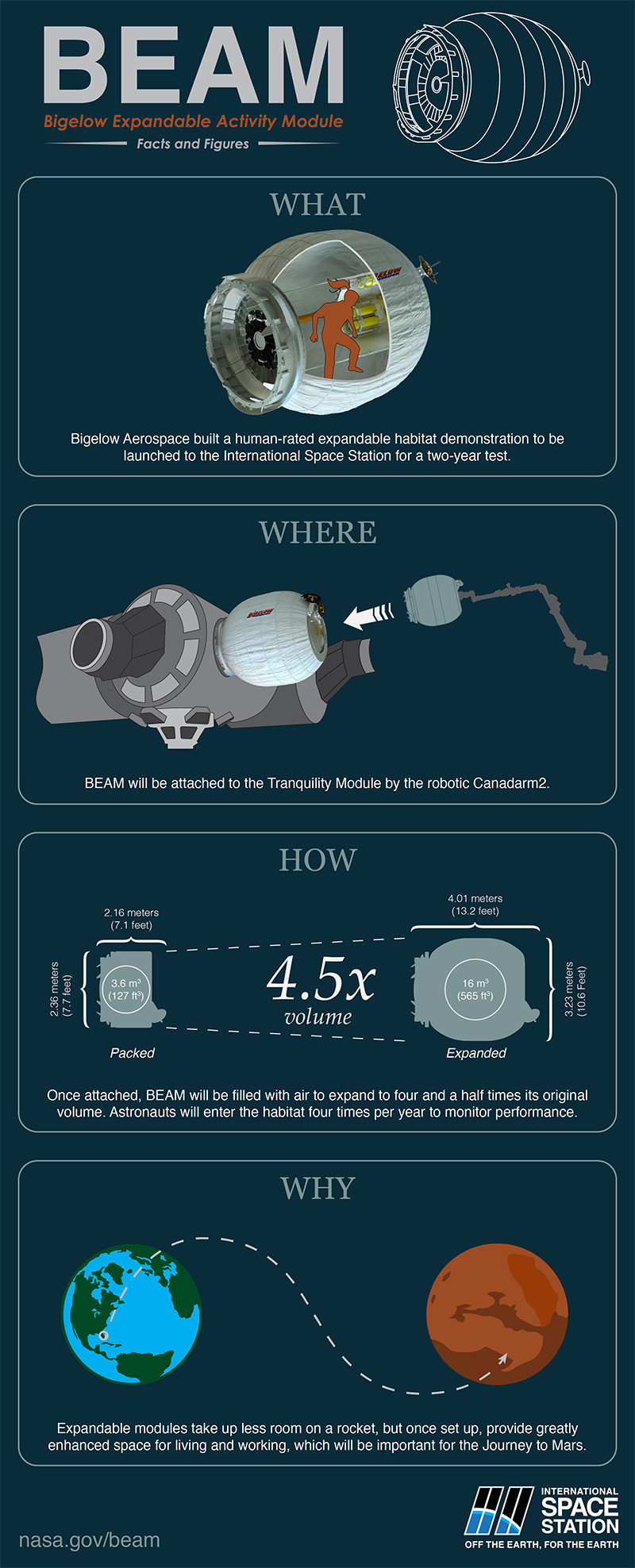 ” readability=”32.5″>
” readability=”32.5″>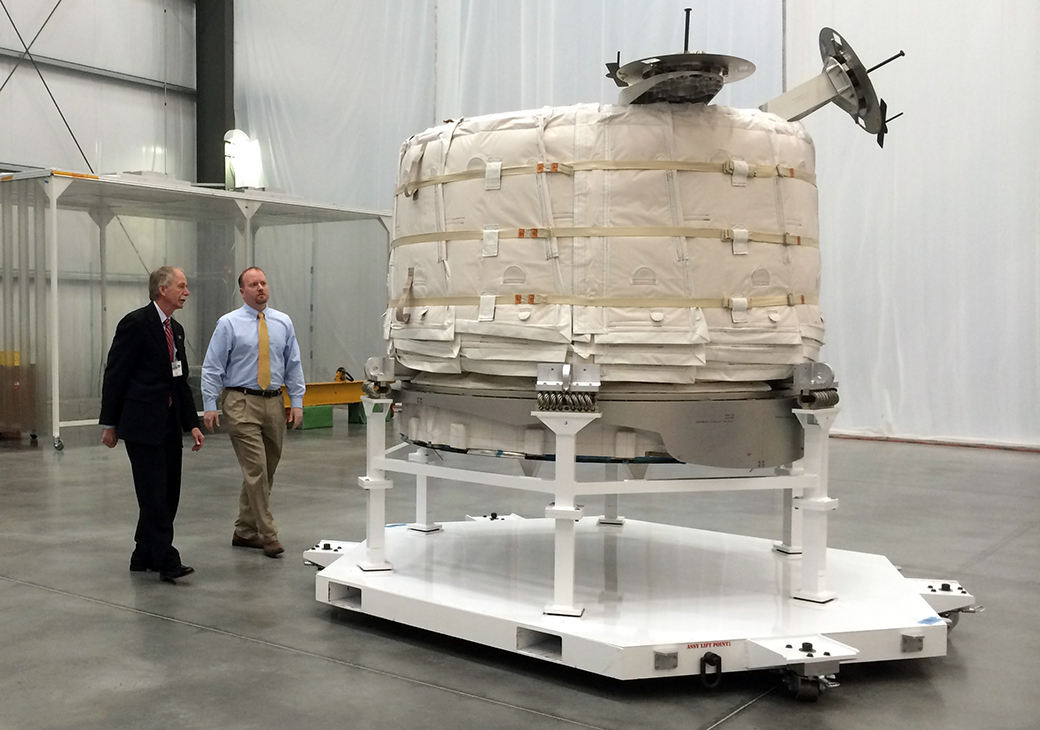 ” readability=”35″>
” readability=”35″>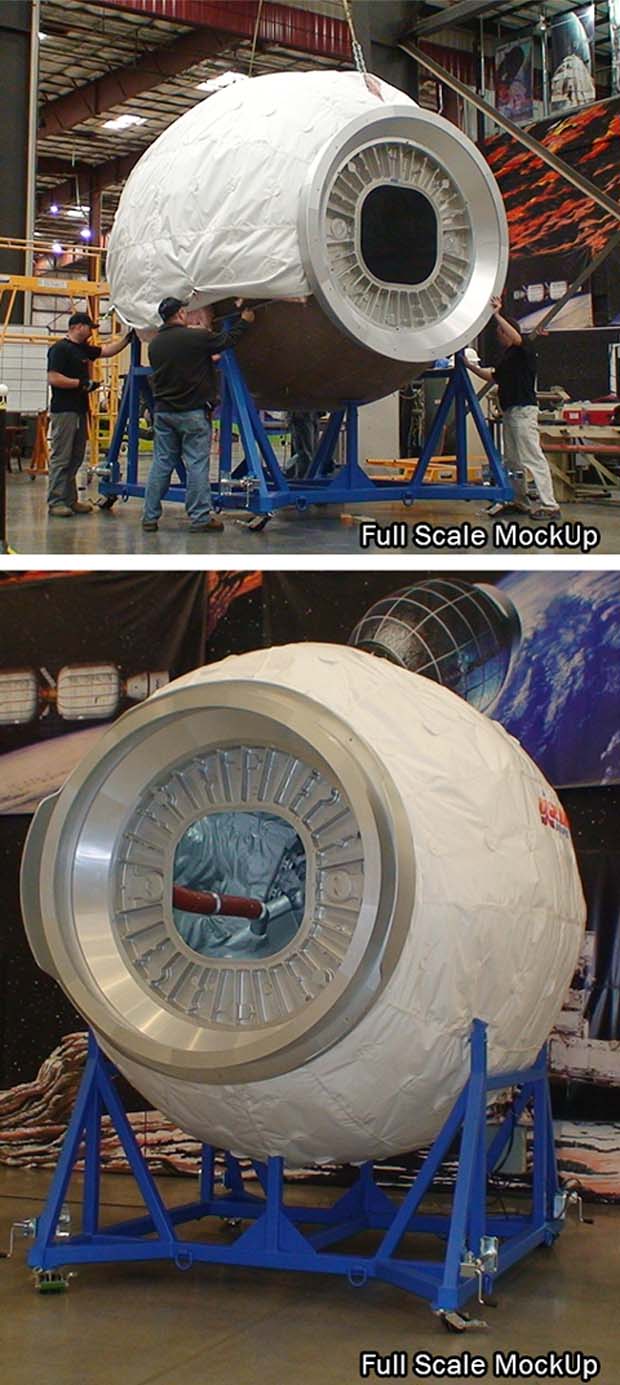 ” readability=”33″>
” readability=”33″>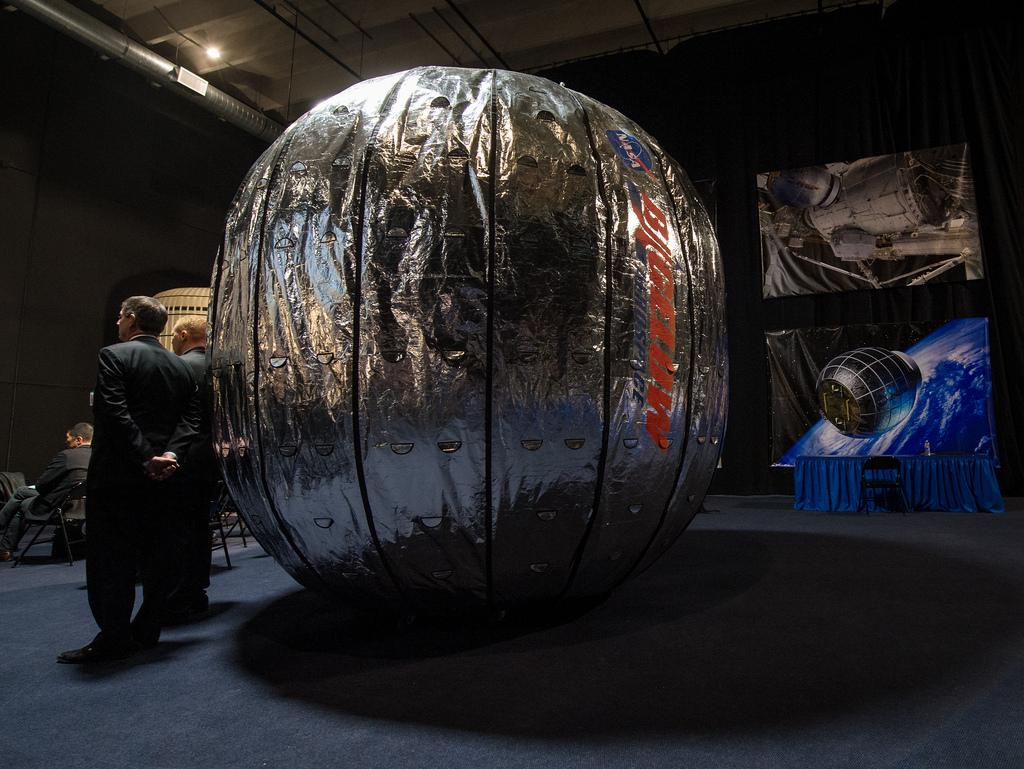 ” readability=”34″>
” readability=”34″>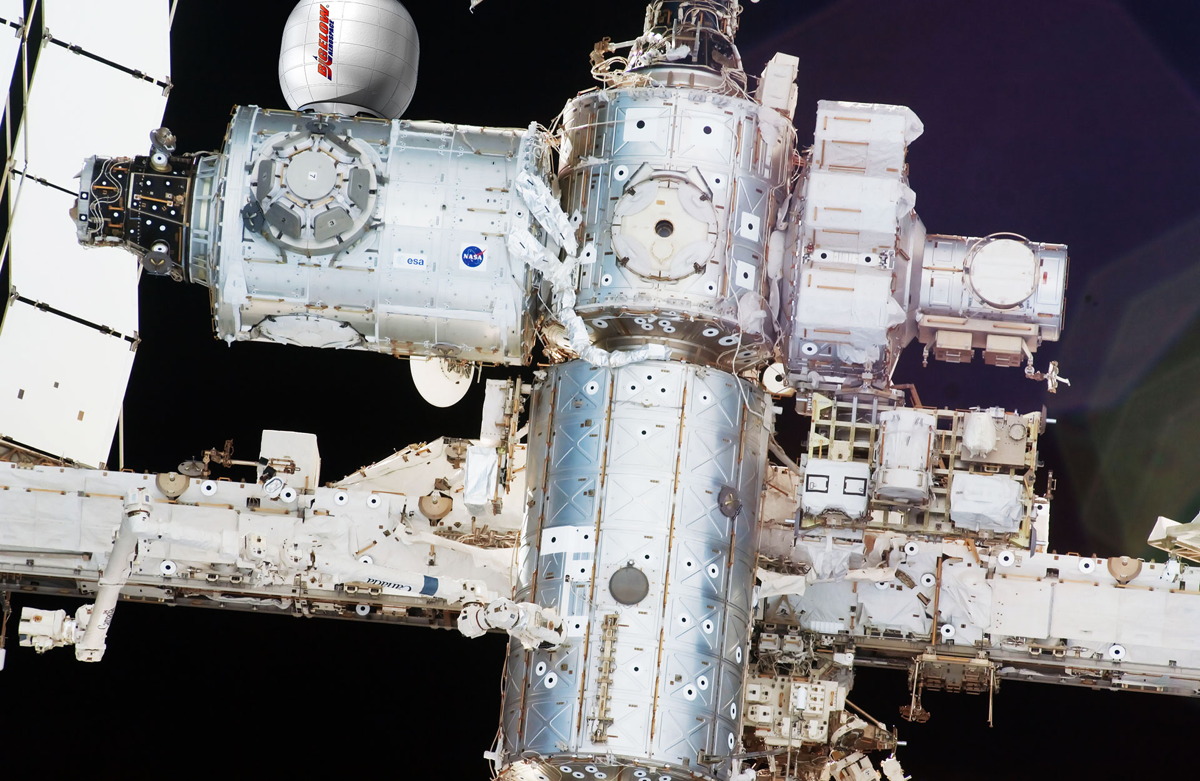 ” readability=”31.5″>
” readability=”31.5″>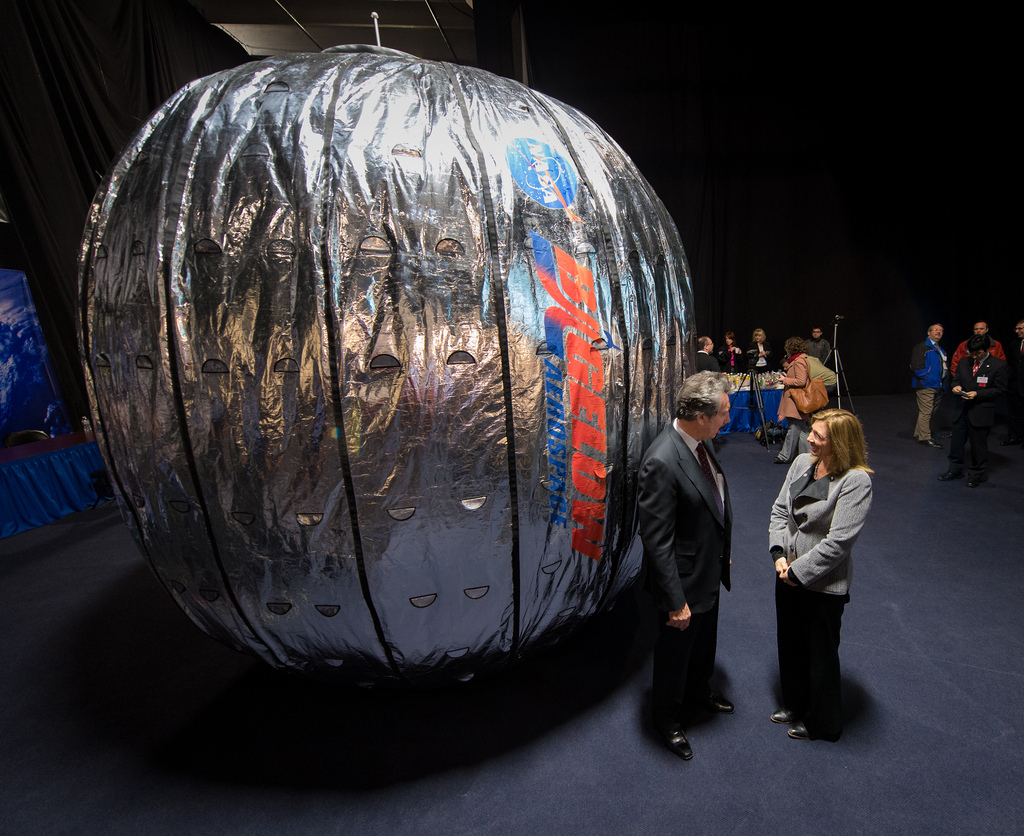 ” readability=”34″>
” readability=”34″>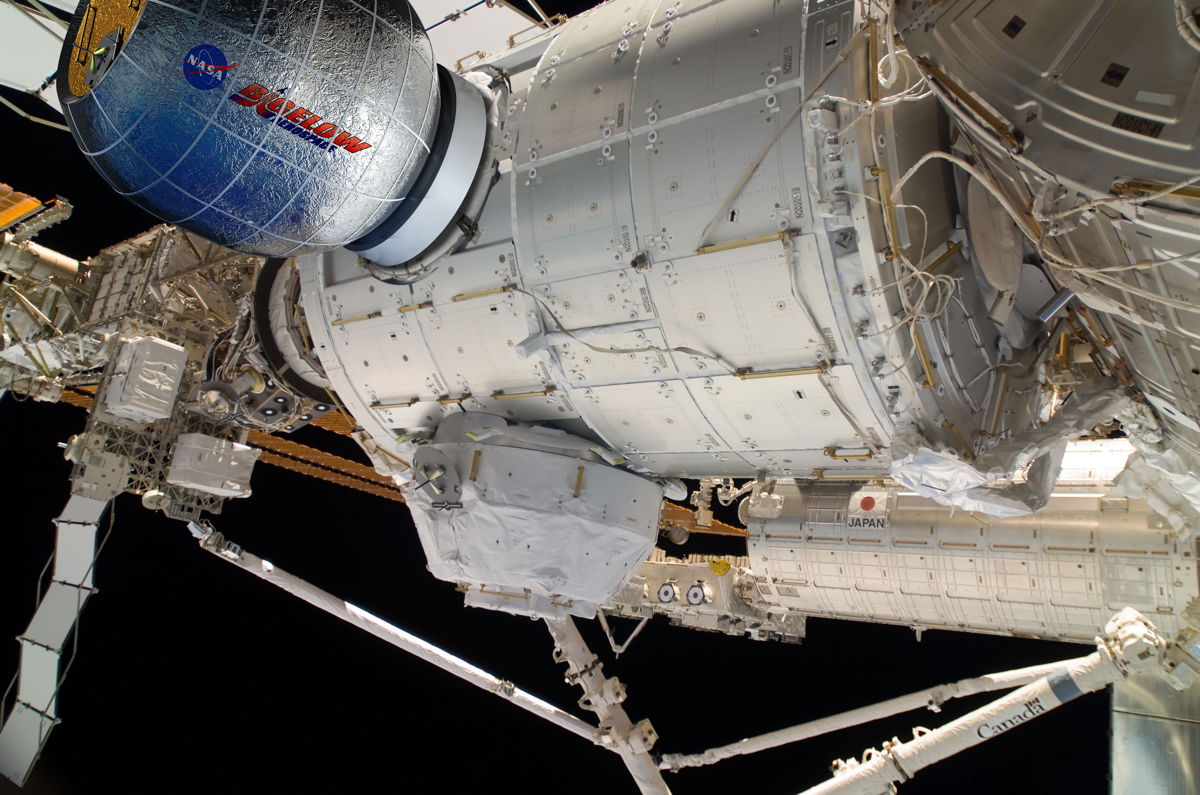 ” readability=”32″>
” readability=”32″>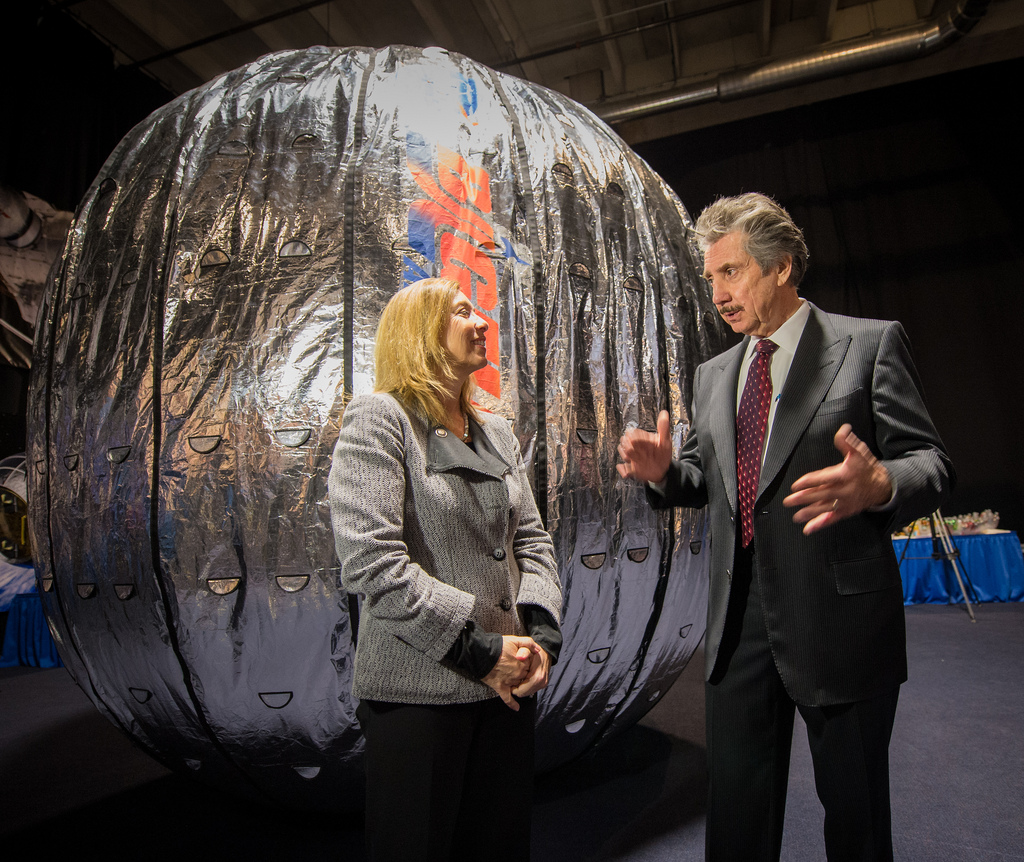 ” readability=”34″>
” readability=”34″>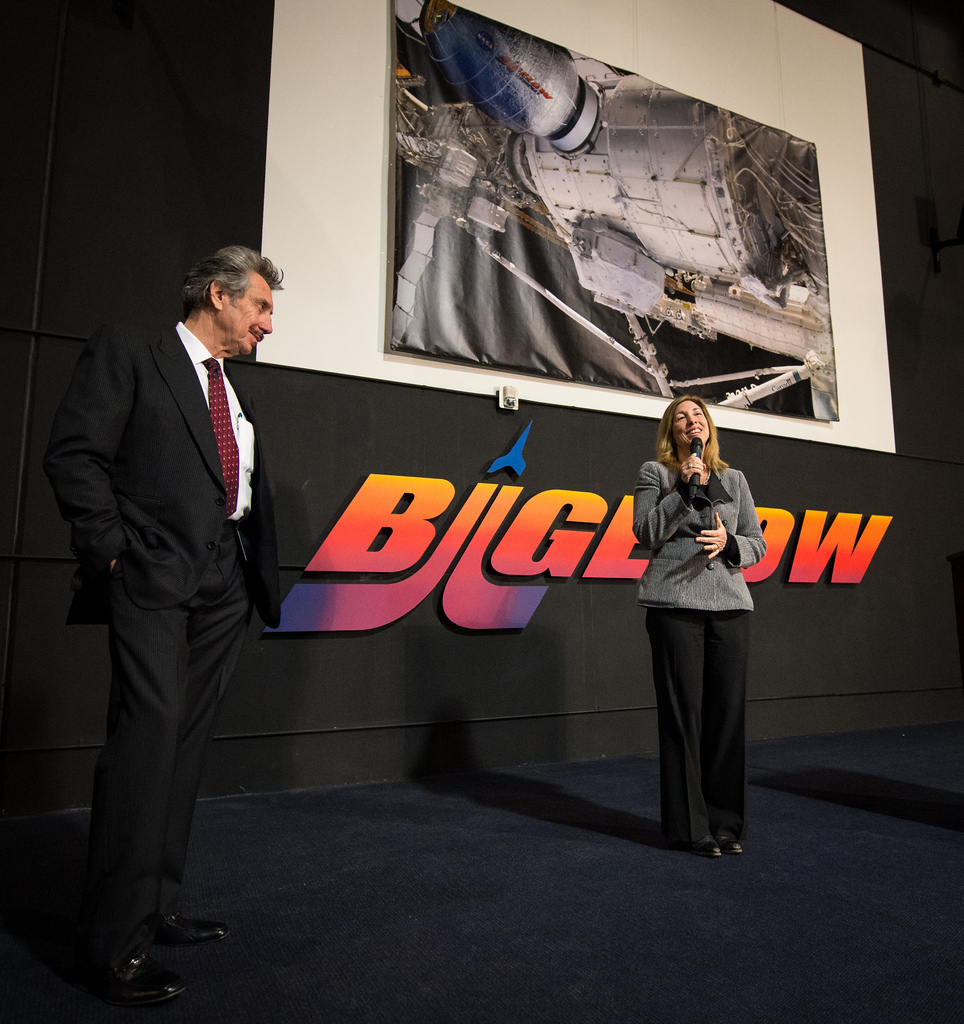 ” readability=”34″>
” readability=”34″> ” readability=”34.5″>
” readability=”34.5″>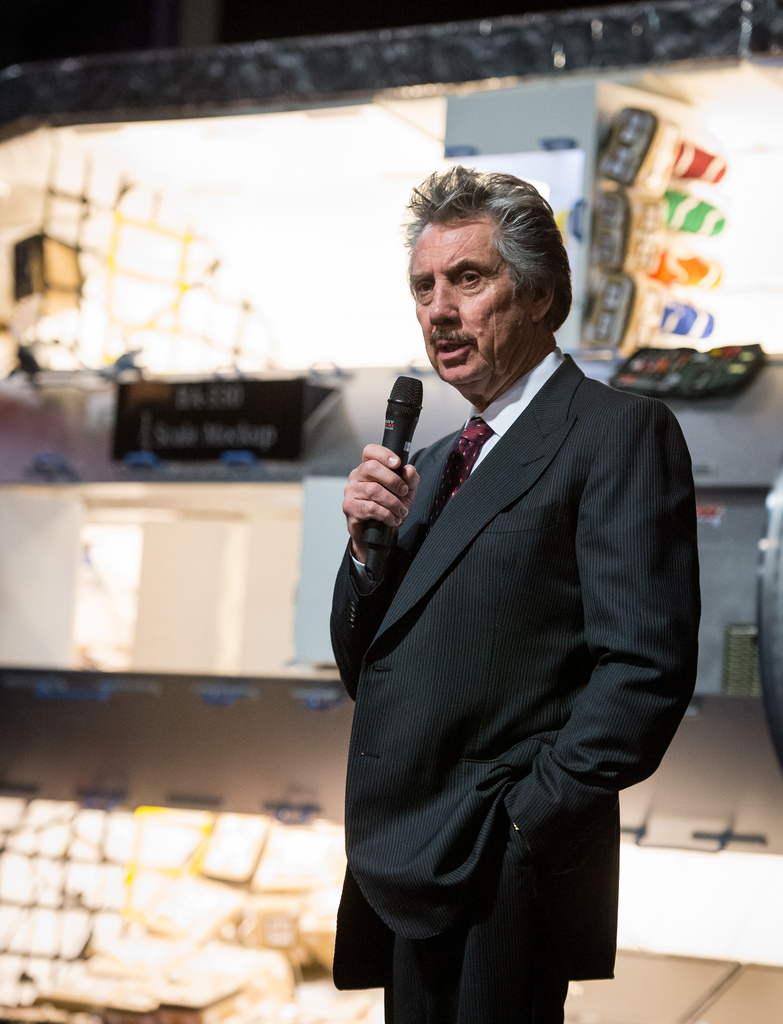 ” readability=”34.5″>
” readability=”34.5″>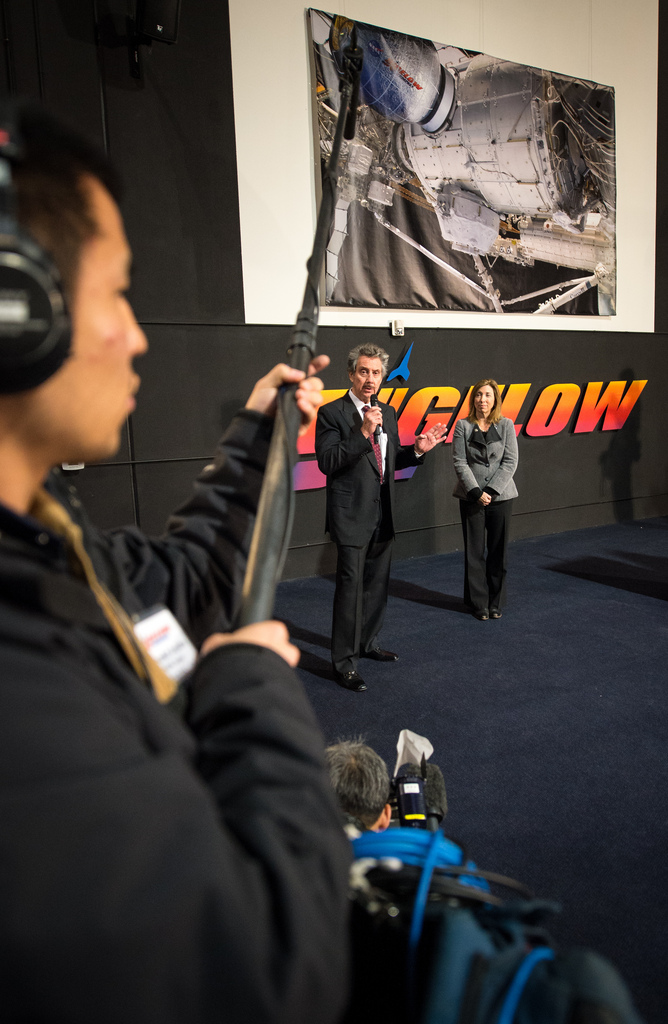 ” readability=”34″>
” readability=”34″> ” readability=”32.5″>
” readability=”32.5″>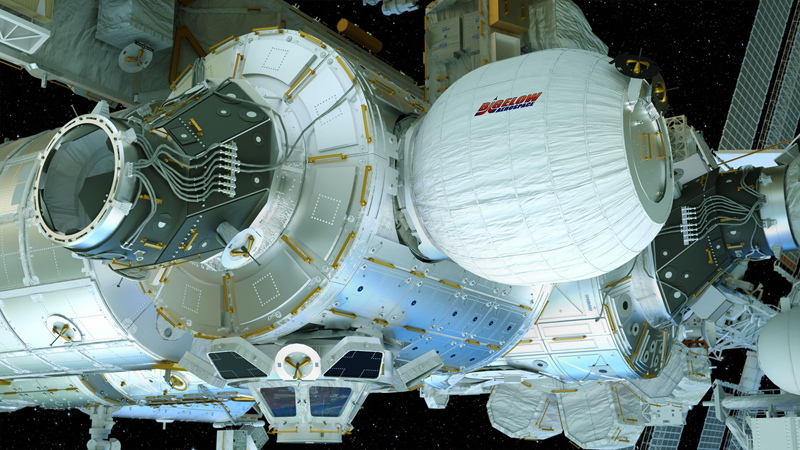
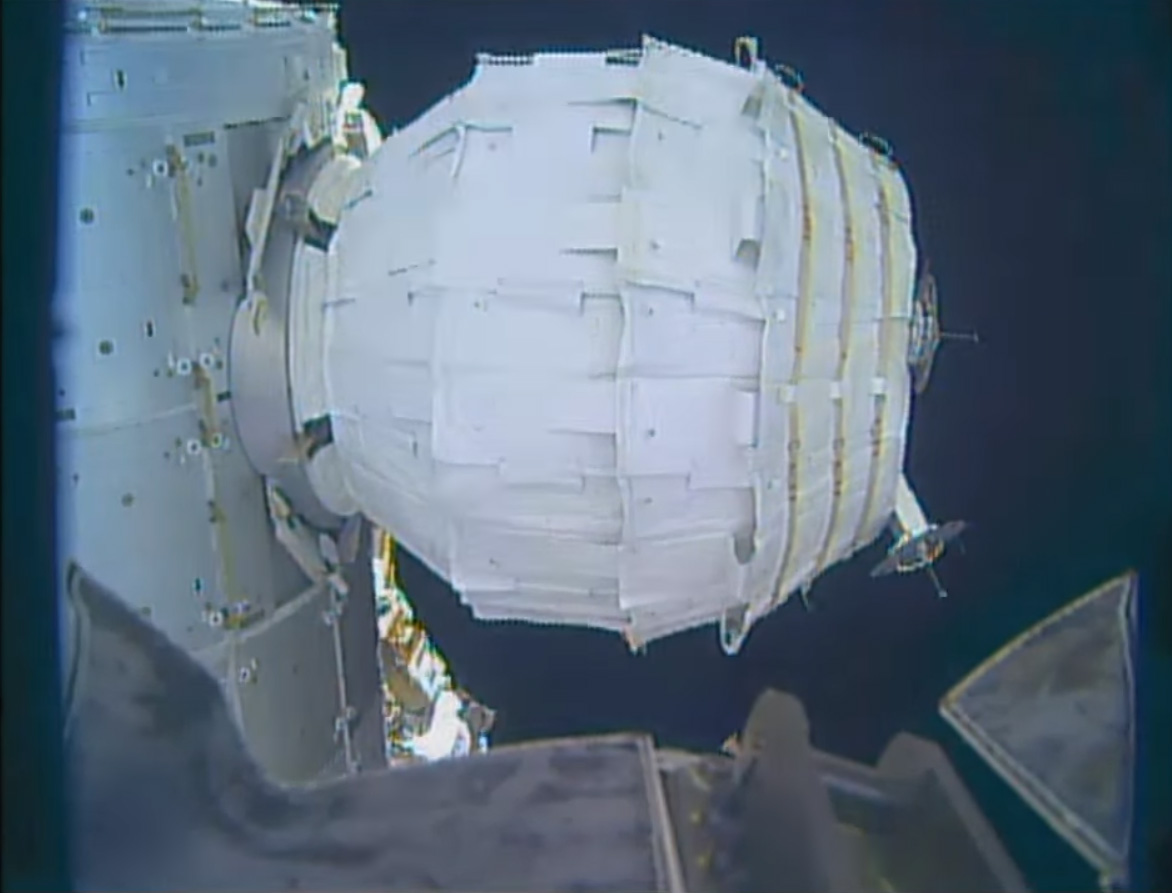
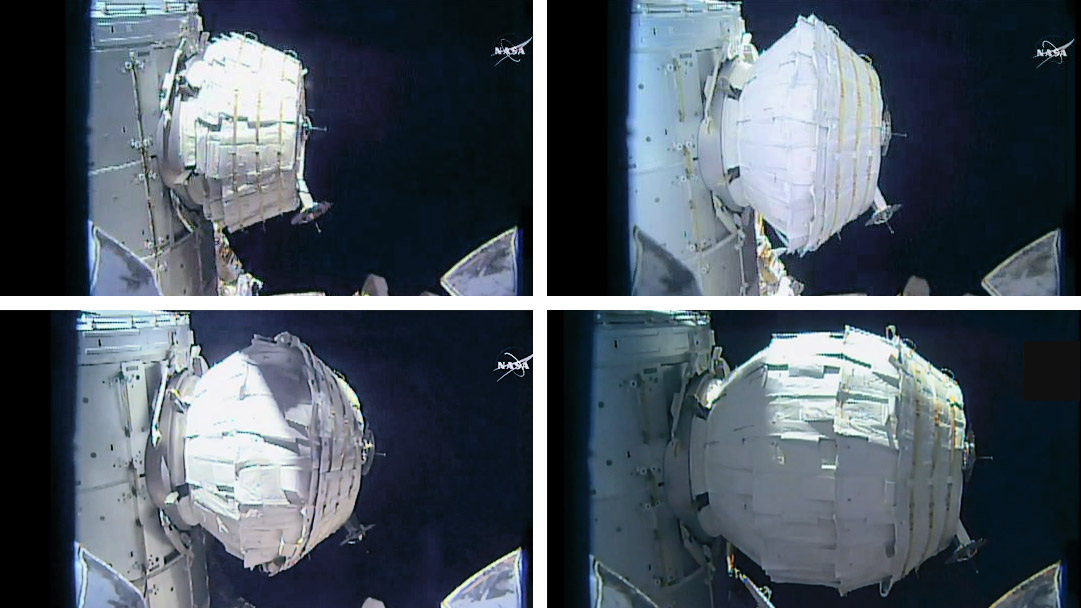
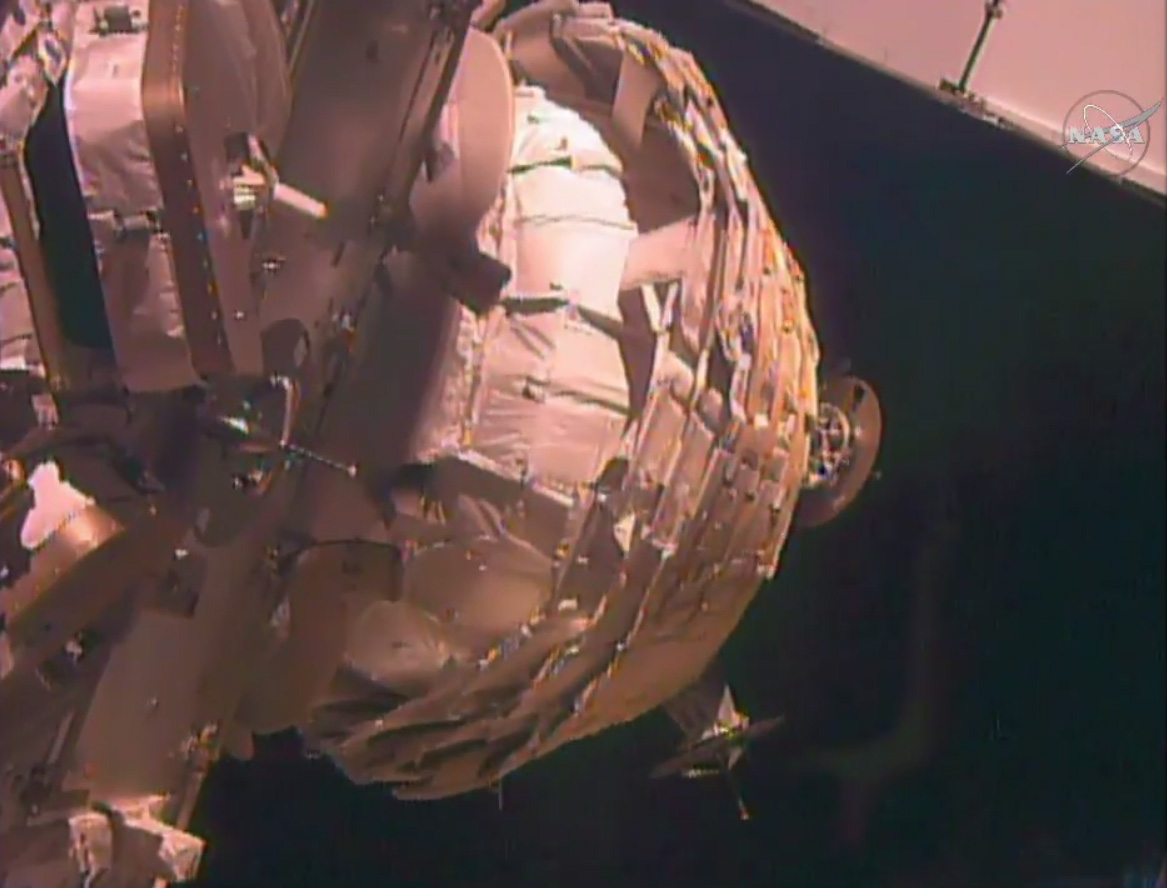
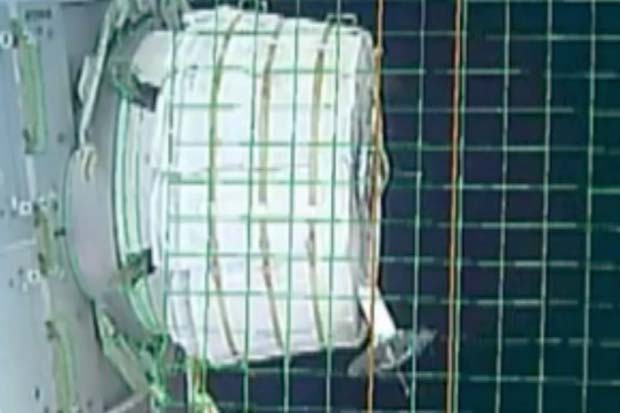
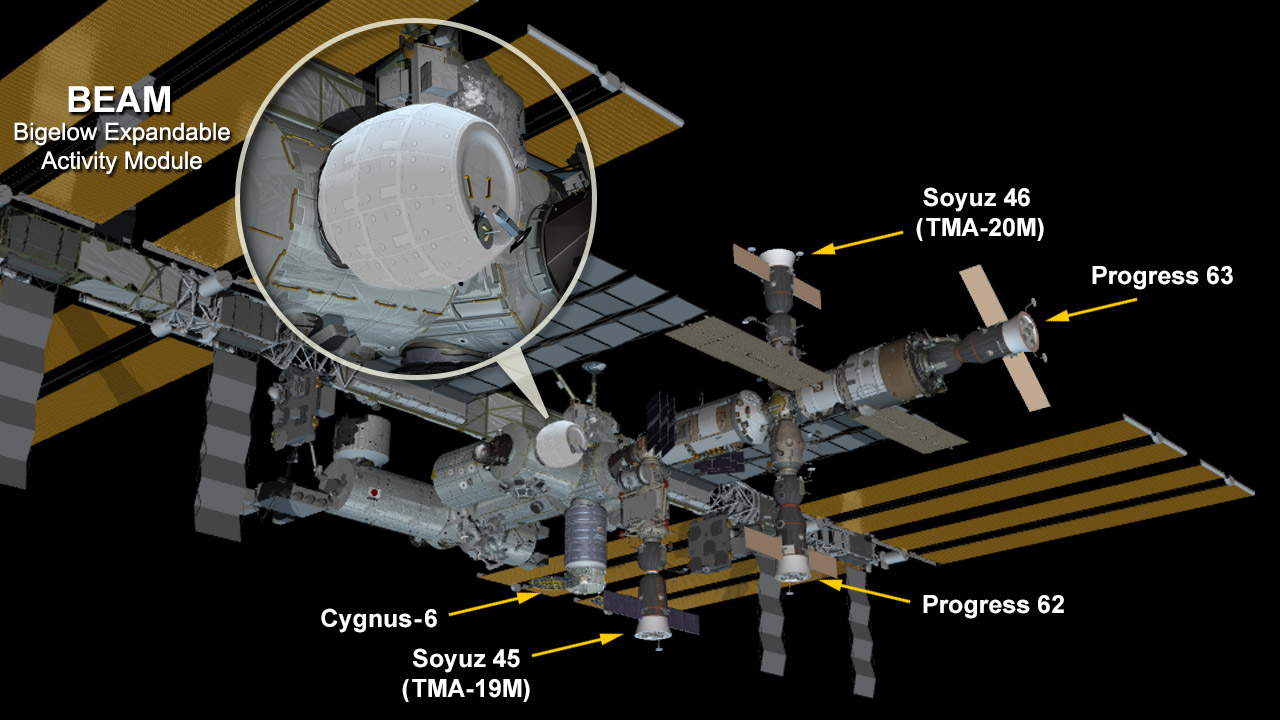
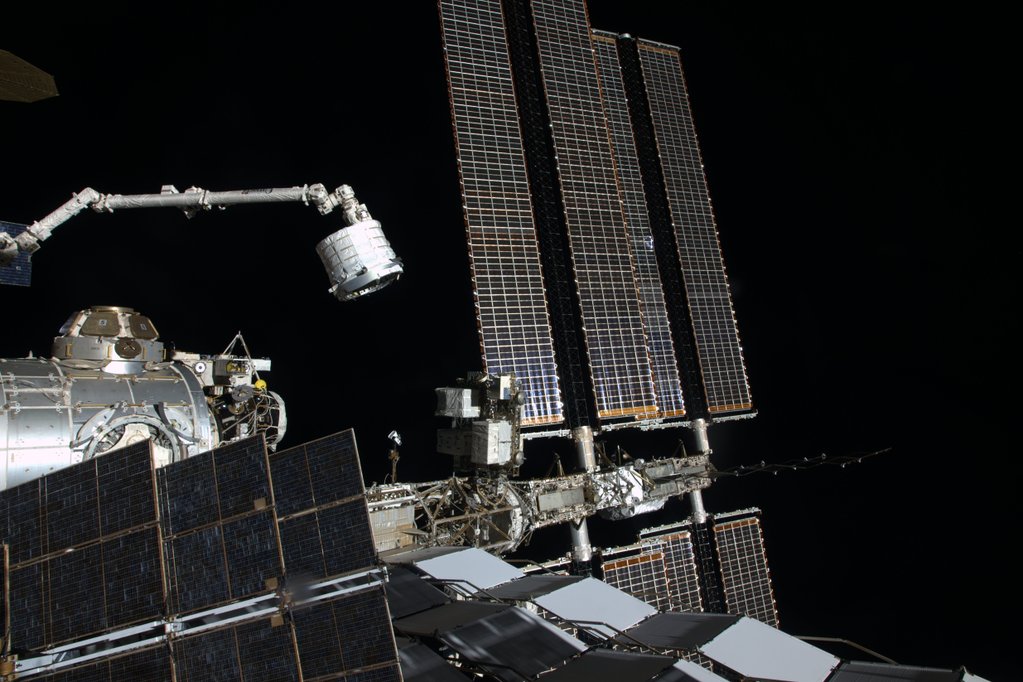
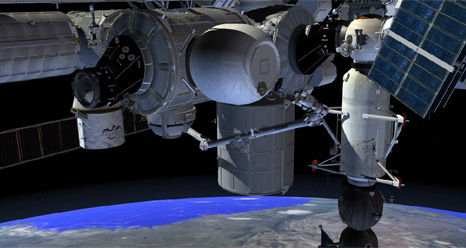
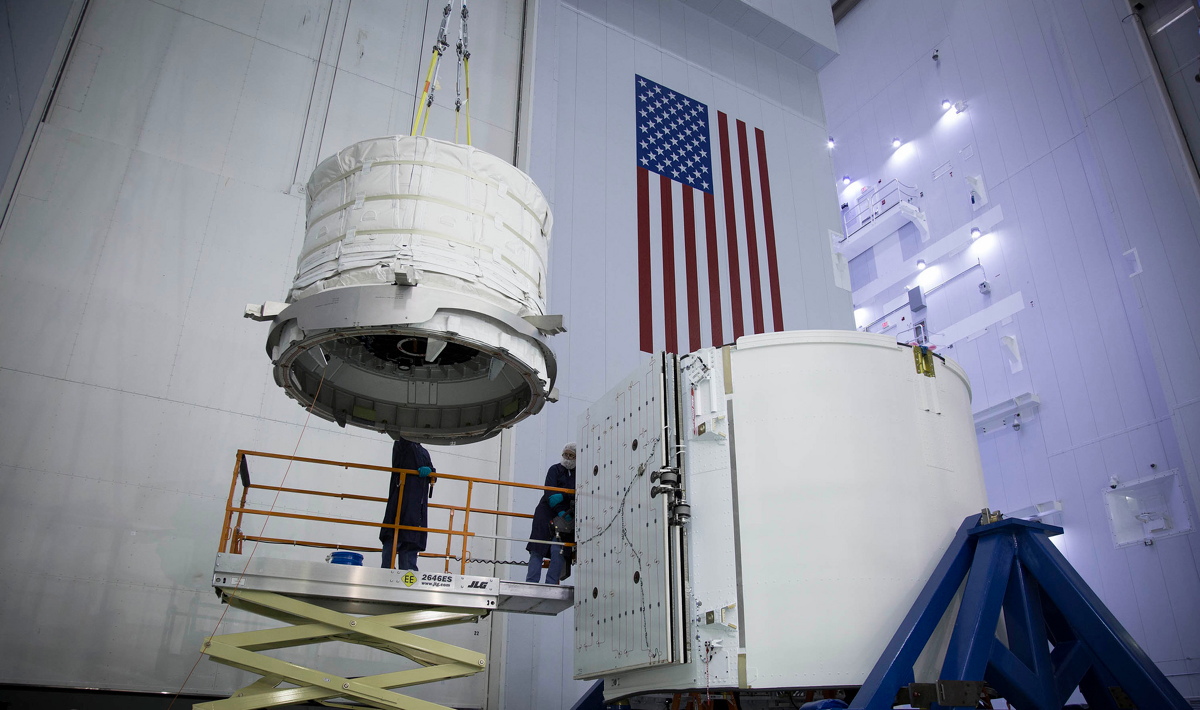
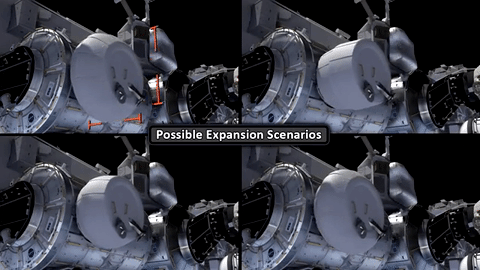
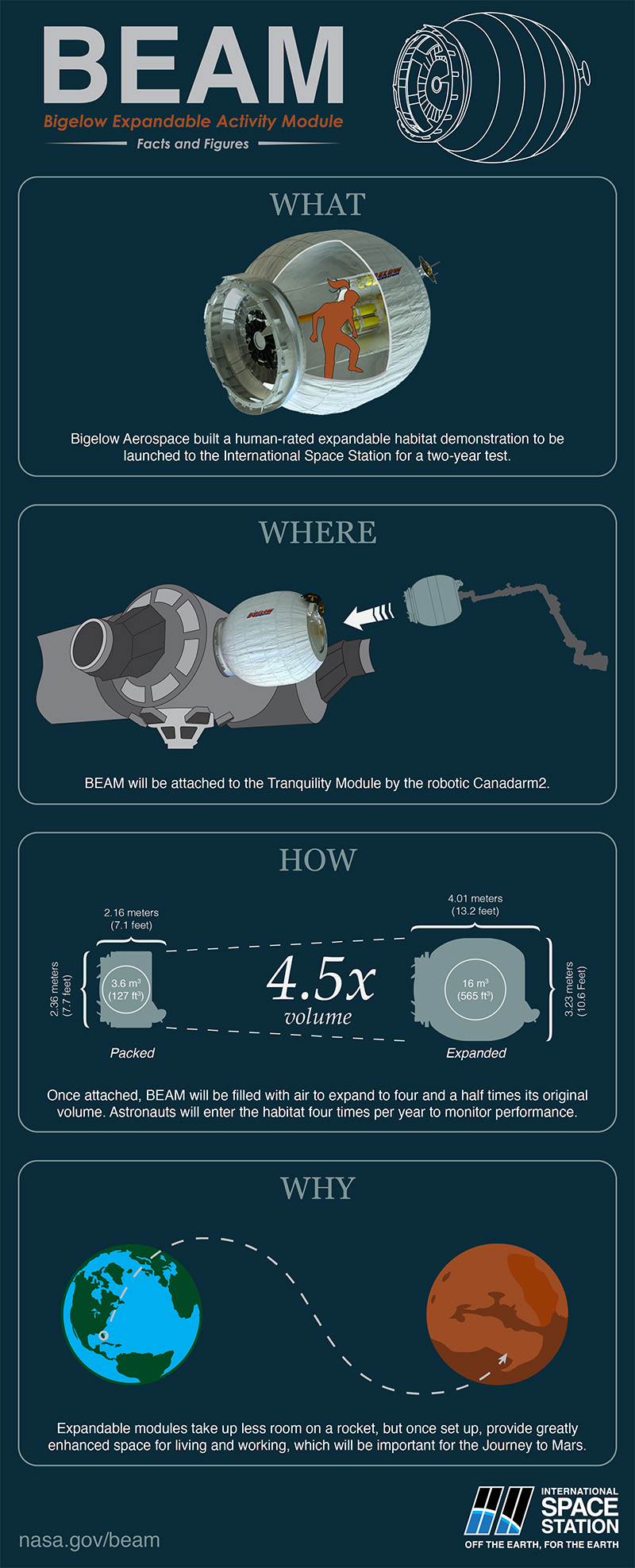
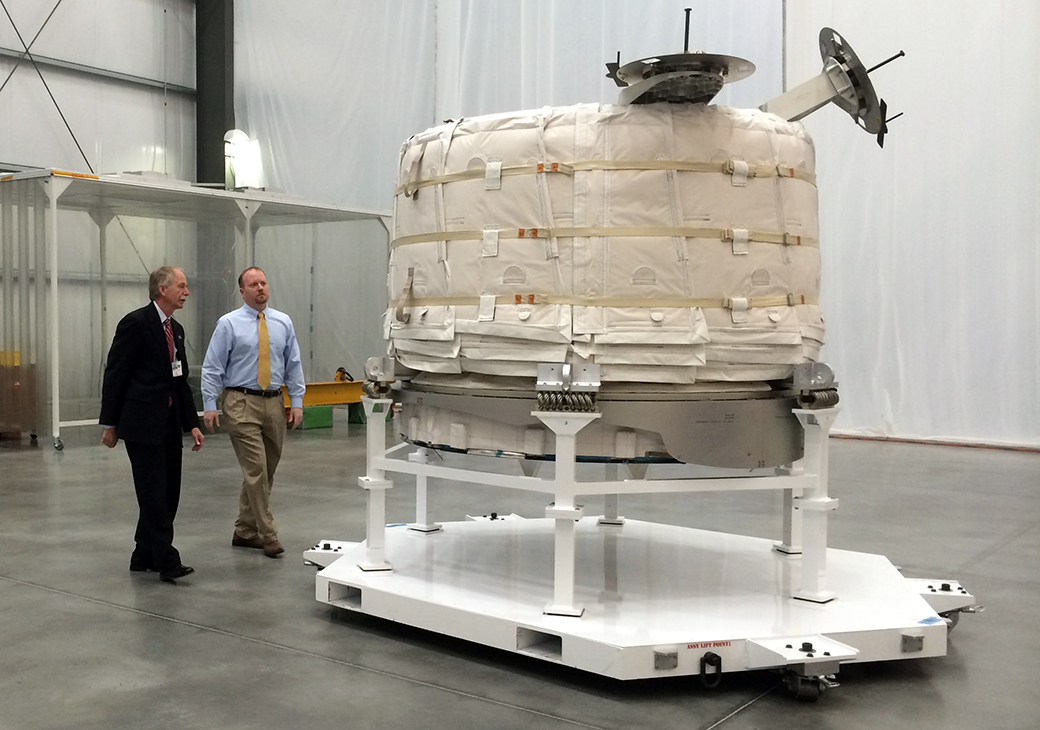
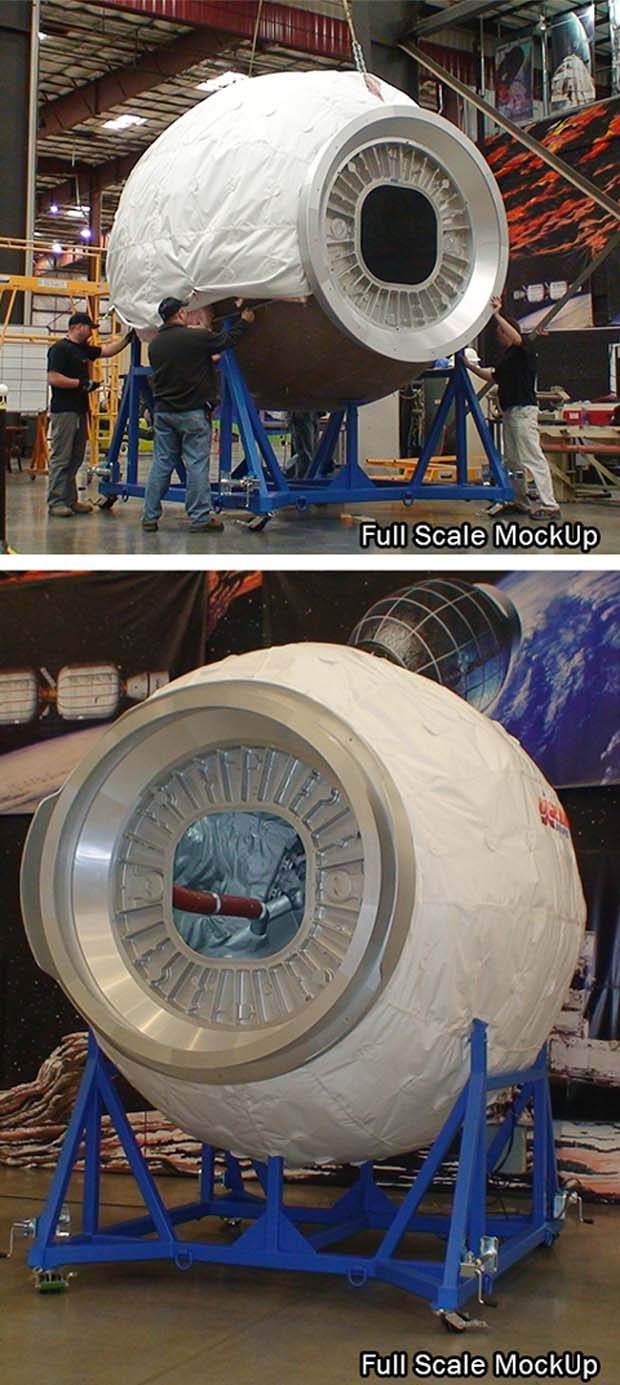
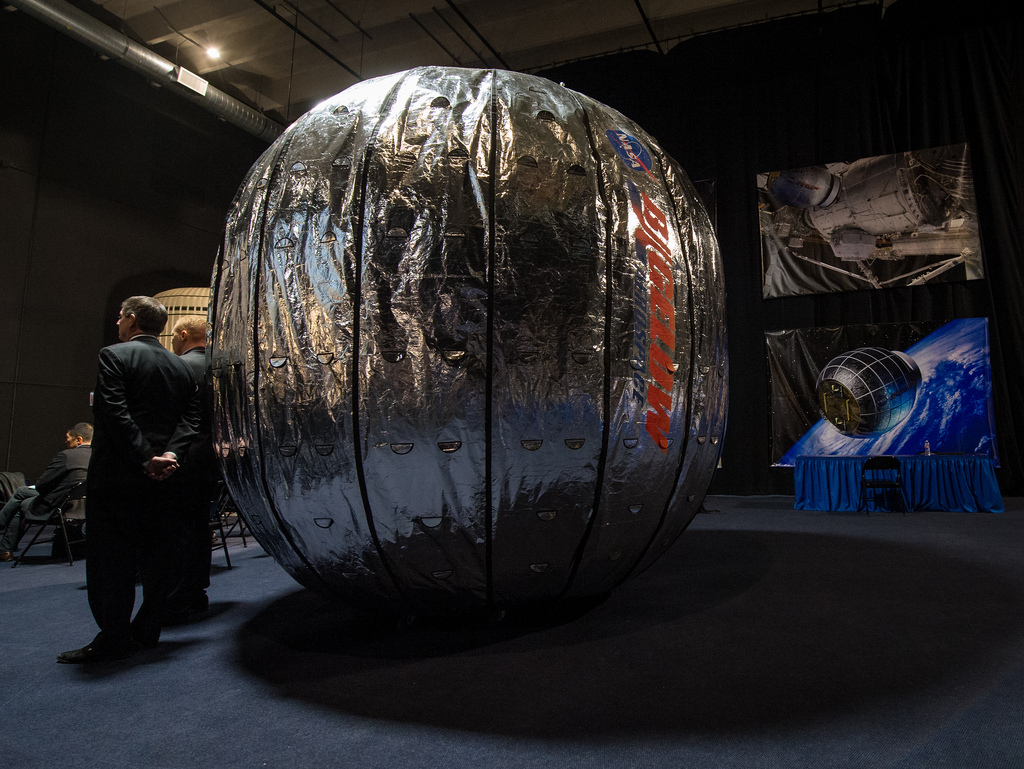
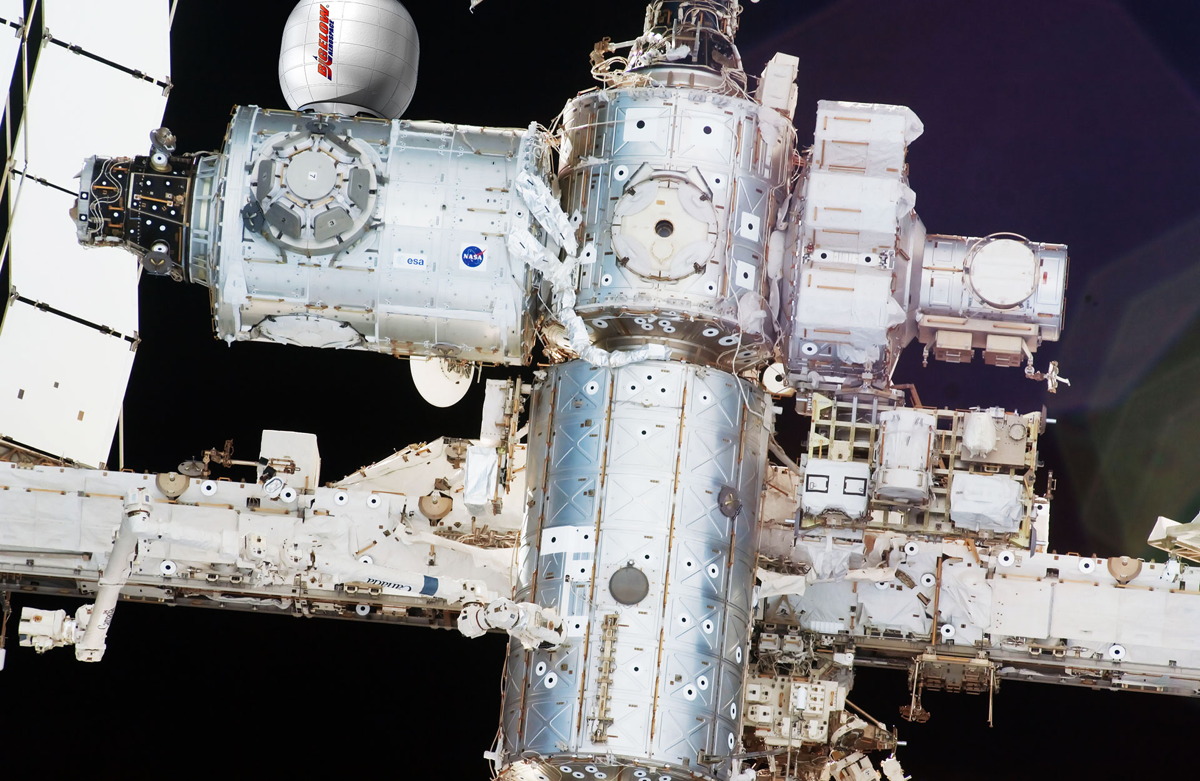
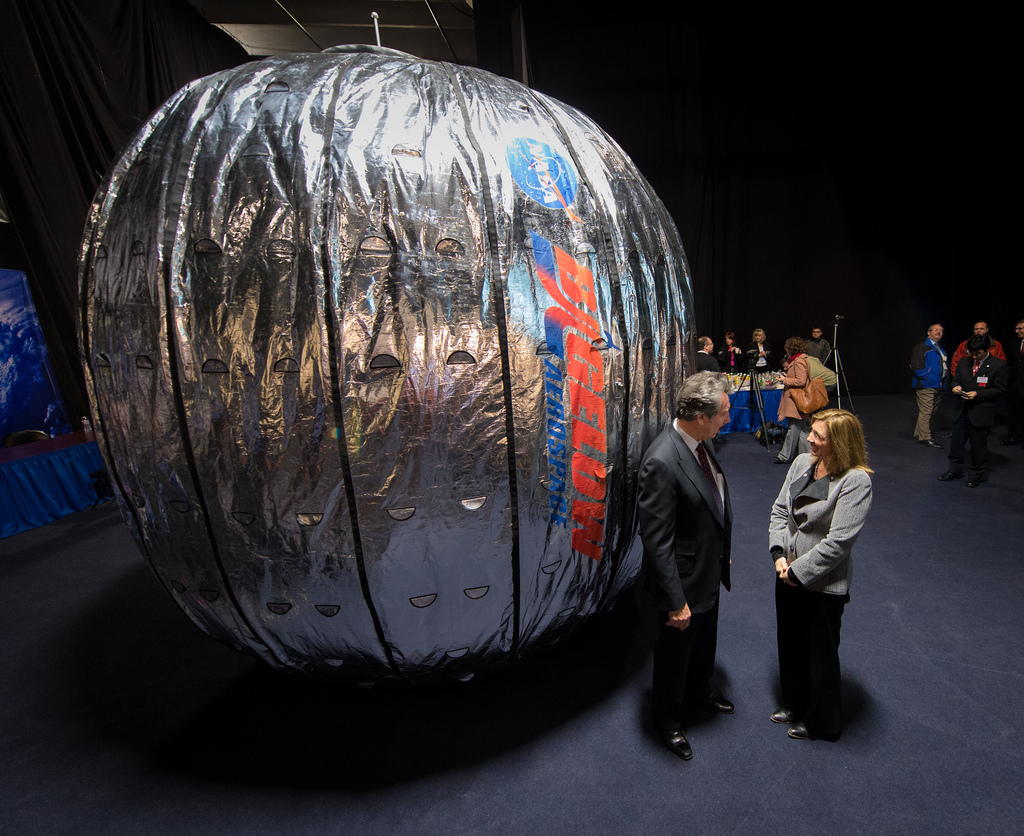
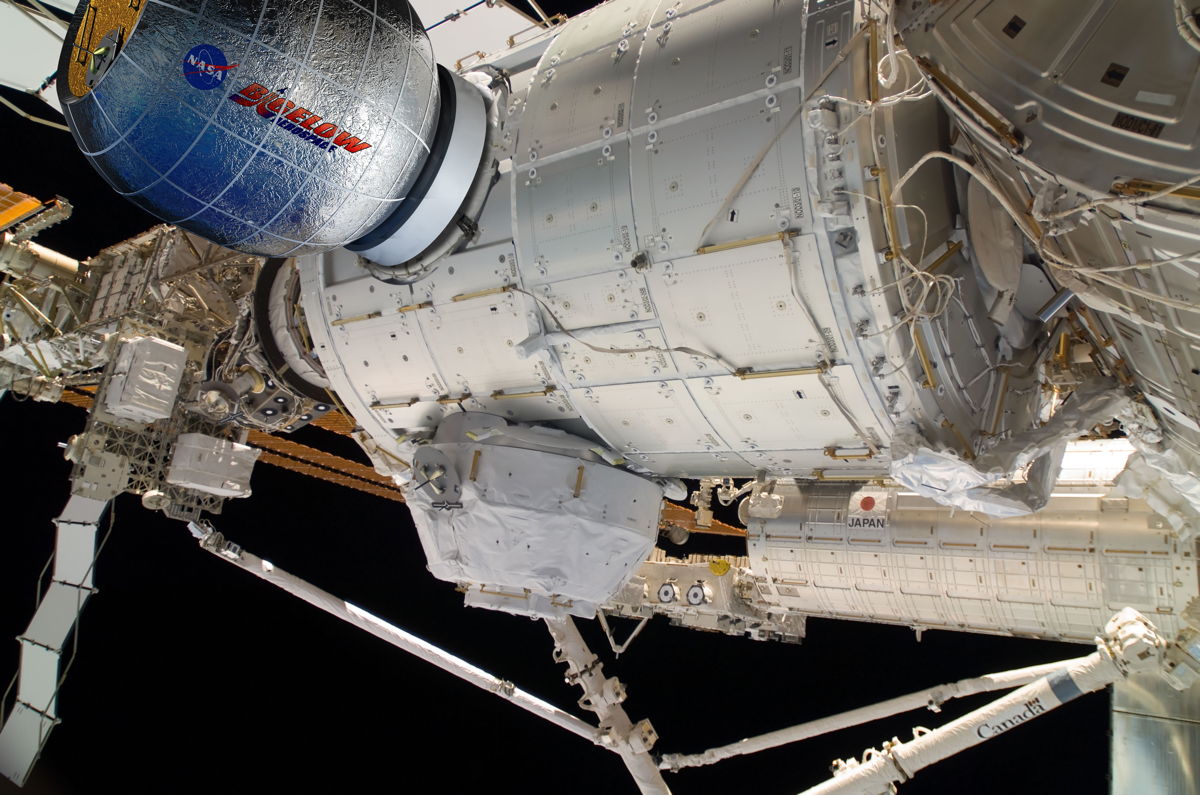
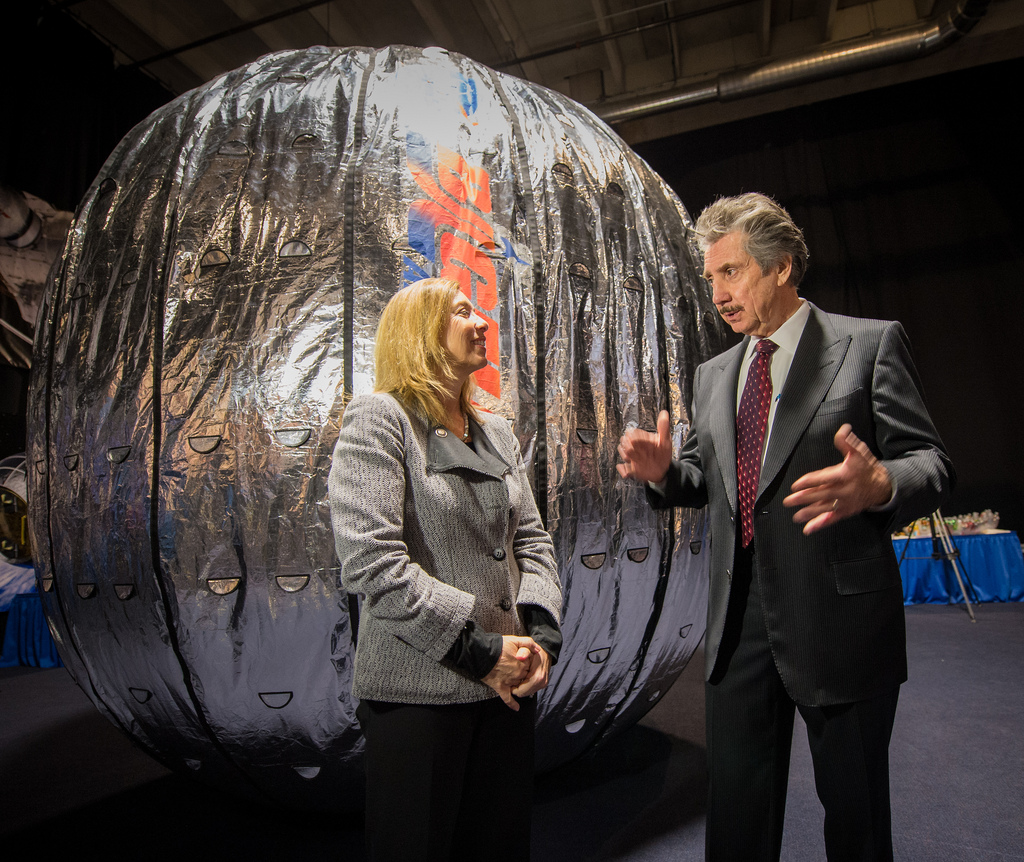
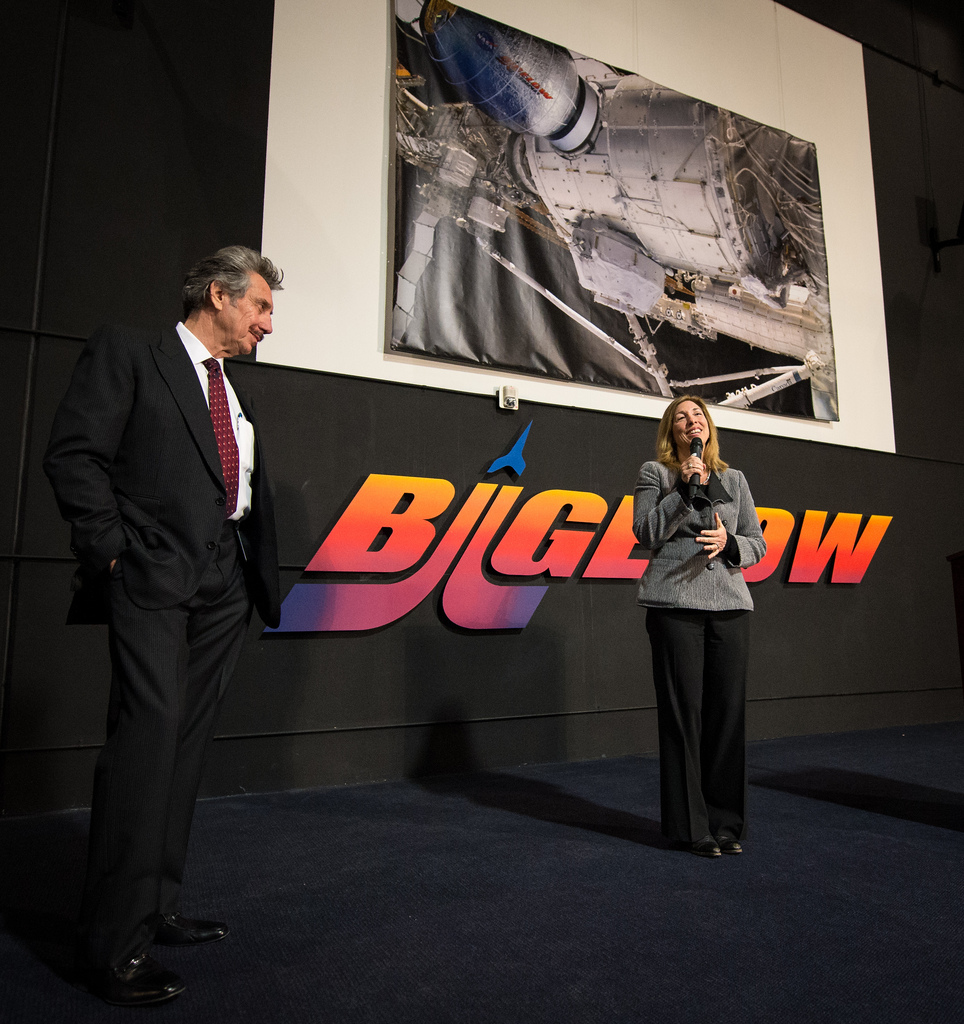

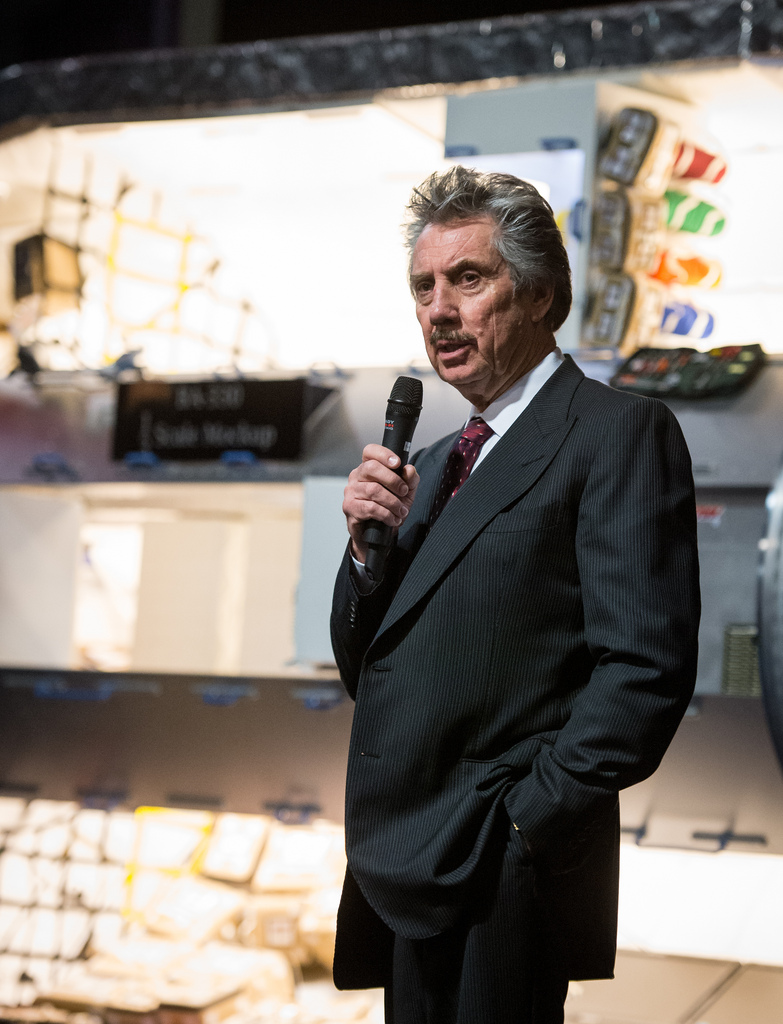
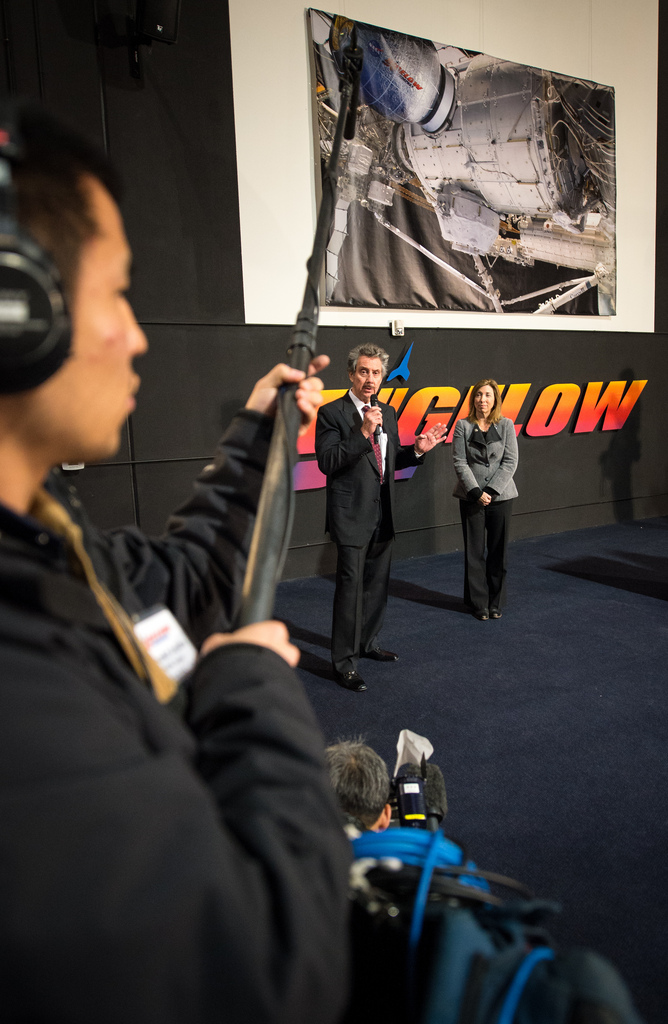
Comments are closed.